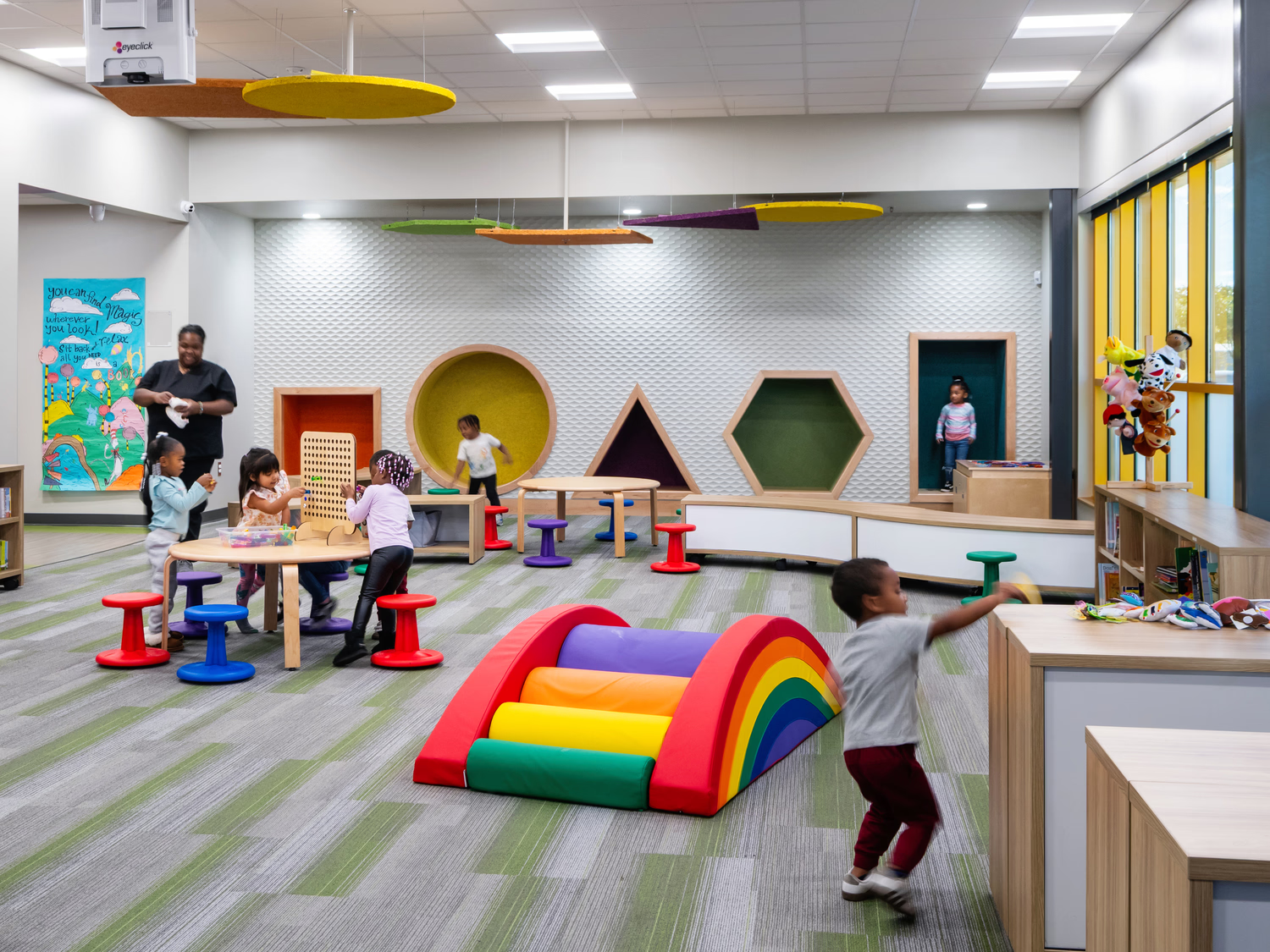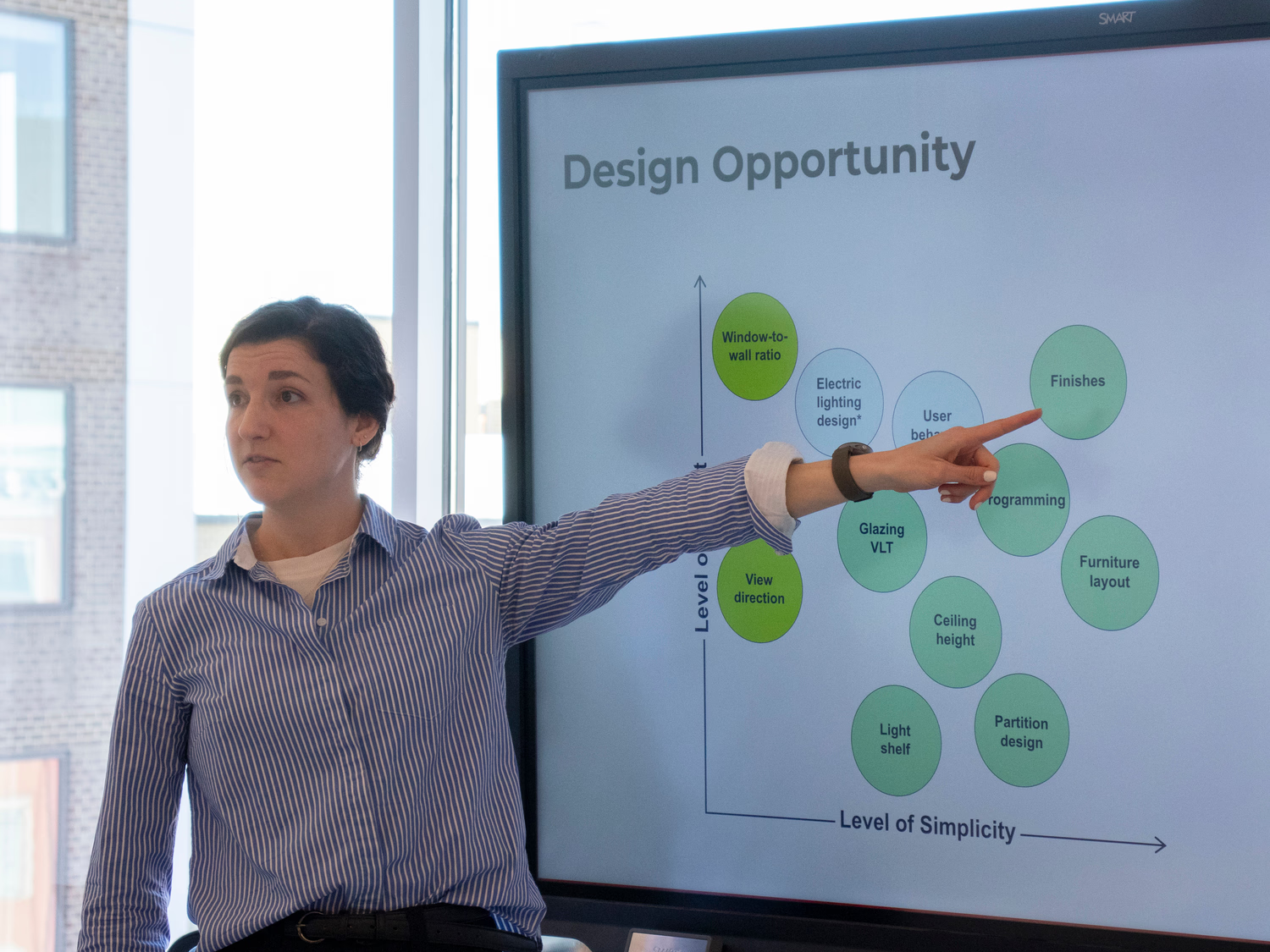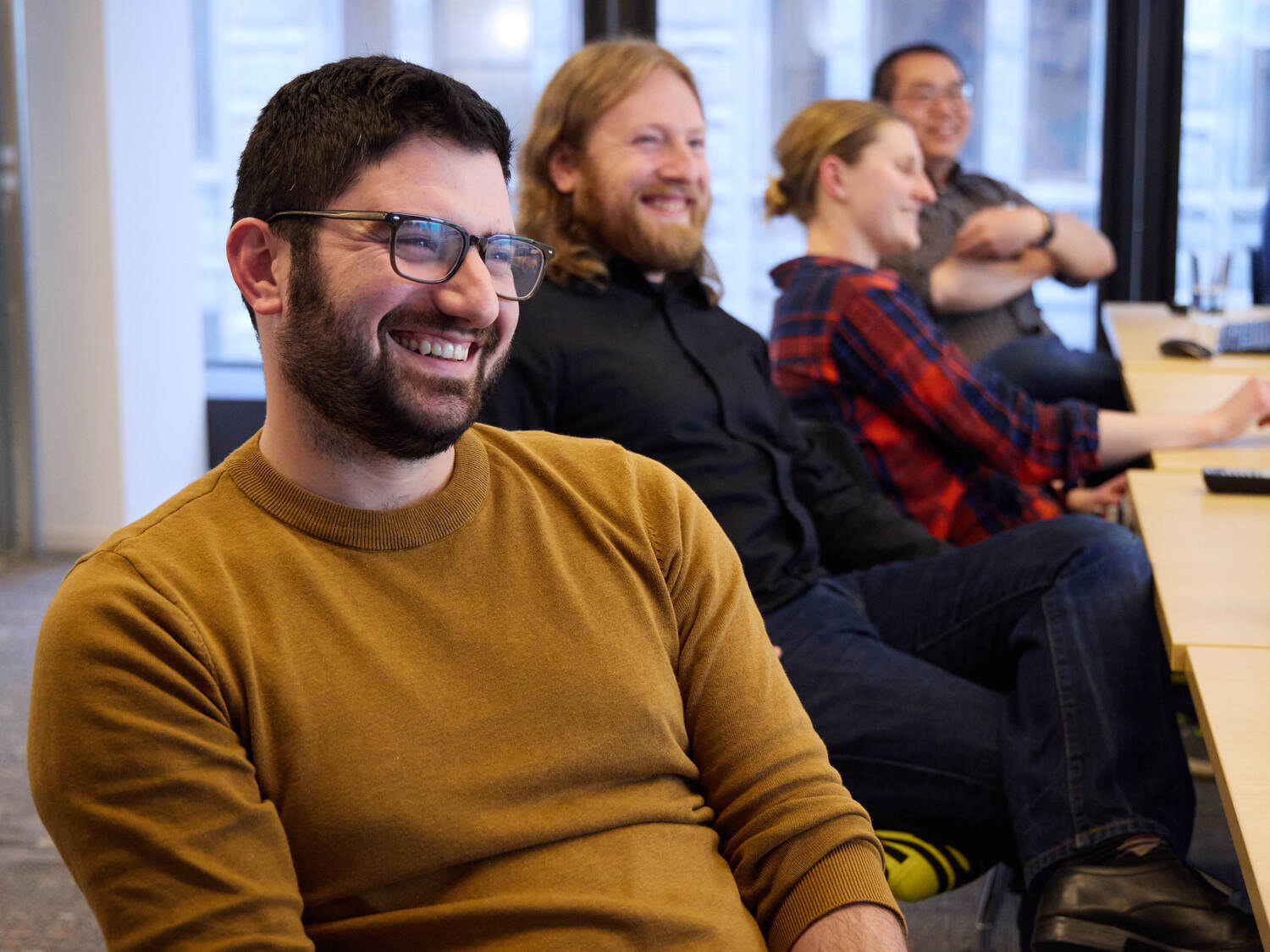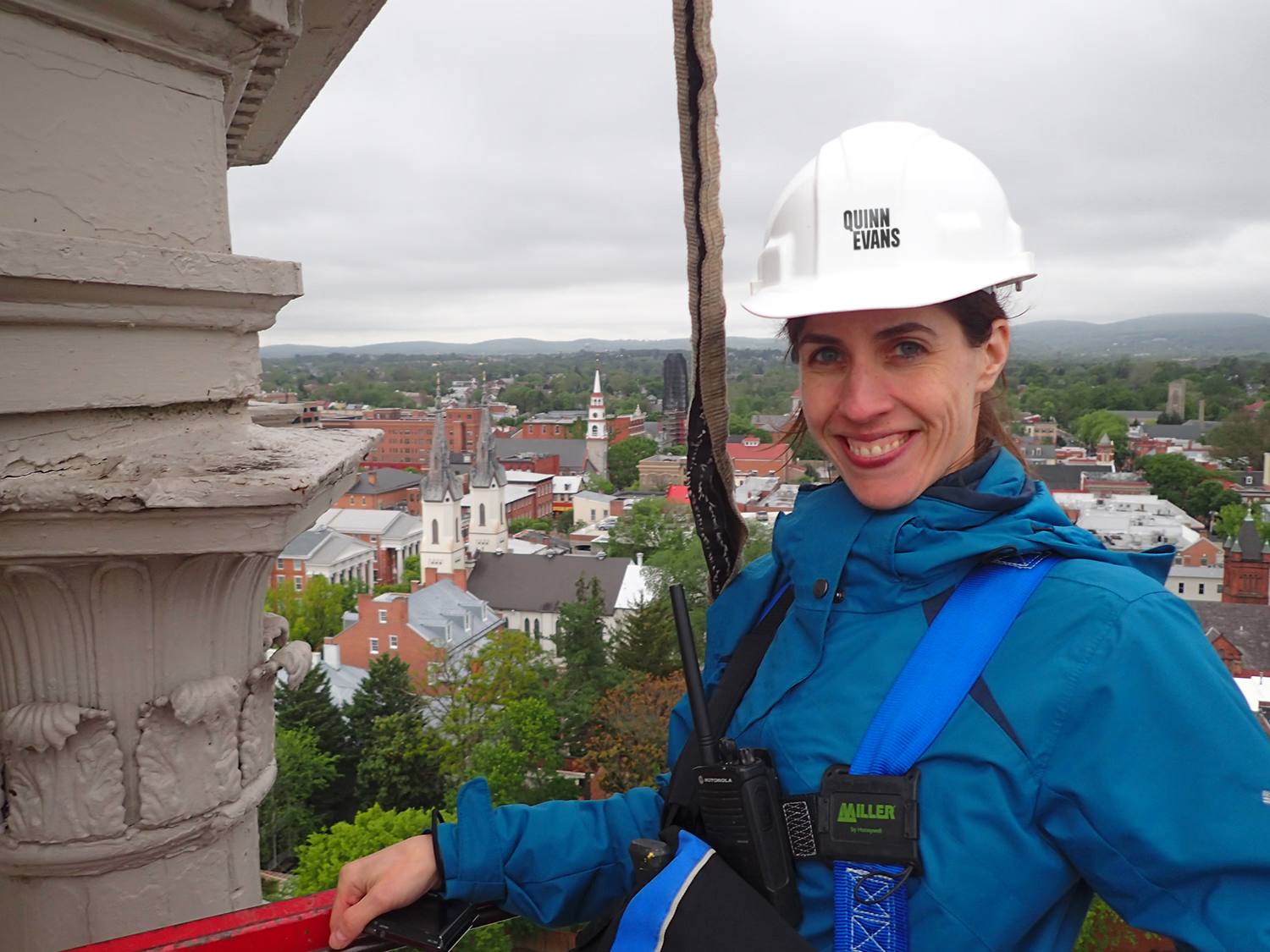Standing in the atrium of a historic building or marveling at a piece of art in a museum gallery, it's easy for a visitor to overlook the hundreds of tiny decisions that go into making the space comfortable, safe, and faithfully preserved. In our work with places of historic and cultural significance, we’re intimately concerned with those decisions and with using our design and preservation expertise to support the clients who make them.
Increasingly, this decision-making involves the use of historic preservation technology: sophisticated digital tools that help us collect, analyze, and manage data to guide preservation and stewardship solutions. As my colleague Nakita Reed says, preservation is “a present conversation with our past about our future. What we preserve gets elevated to a level of importance that is cared for into the future, so that future generations understand a piece of history that we find important today.”

What Do We Mean by Stewardship?
Stewardship is the way our clients care for and manage historic places. It involves making decisions that balance the preservation of a building or landscape’s authenticity and integrity with adaptation to contemporary needs and standards. The goal of stewardship is to both preserve and adapt a place so that it might be enjoyed by future generations.
At Quinn Evans, we support our clients and share this ethos of stewardship as a holistic approach to responsible management and care for the built environment. For us, stewardship embraces the long-term thinking that ensures decisions and actions consider future generations. It combines respect for cultural heritage with a commitment to sustainability. Stewardship for us is deeply community-focused, emphasizing a people-oriented approach and the use of design thinking to address social and environmental challenges.
Central to this philosophy is our culture of innovation and learning: encouraging curiosity and exploration to discover new solutions for improving the built environment. Stewardship is multi-dimensional, considering a place's history, heritage, ecology, and environment to inform design decisions. It also emphasizes resilience as we seek to enhance places to ensure they can adapt to future needs and challenges.
A key aspect of stewardship is lifecycle thinking, which considers the entire lifespan of a building or place from construction to use to eventual renewal or repurposing. This approach requires interdisciplinary collaboration involving historians, architects, landscape architects, sustainability specialists, and others to ensure a comprehensive and sustainable approach.
Overall, stewardship represents a deep sense of responsibility and care for the built environment, seeking to create positive, lasting impacts for communities and future generations.
Putting all of this into practice informs our design approach at Quinn Evans. It also means we are constantly considering how to support our clients—the owners and stewards of places—as they make decisions about adapting and preserving their historic assets.

Preserving Historic Places with Technology
Our focus on supporting clients in their stewardship decisions is where technology comes in. We are exploring design computation tools that give clients a more in-depth understanding of their historic building or landscape and opportunities for data-driven stewardship decisions.
Some examples of stewardship decisions where design computation tools can help include:
OPTIMIZING VISITOR FLOW
Using pedestrian flow analysis software to model and test various scenarios for how people move through space. By analyzing and improving pedestrian flow, we can enhance visitor experience and functionality—solving issues like congestion, bottlenecks, queuing, accessibility, security, and social distancing.
REDUCING EMBODIED AND OPERATIONAL CARBON EMISSIONS
We use digital tools to calculate and analyze embodied and operational carbon data for historic buildings. This information informs reuse, renovation, and operational decisions that help a building's stewards make more sustainable preservation choices.
BUILDING ENCLOSURE ANALYSIS
Thermal and hygrothermal analysis, as well as energy modeling, help us predict how changes to a building's envelope, such as insulation or windows, will impact its performance in terms of energy efficiency, moisture prevention, and occupant safety and comfort. This is crucial when adapting historic buildings to modern needs without compromising their integrity.
HBIM and Digital Twin Technology
A key area for improving stewardship and telling more complete stories is simply being able to manage, store, and access decades’ (or centuries’, in some cases) worth of information and documentation. Stewardship is complicated; managing and maximizing historically significant places relies on understanding their unique histories, knowing the details of their materiality, and tracking renovations and maintenance which have impacted the place.
Leveraging this information provides vital context for stewardship decisions. As my colleague Charles Thompson puts it, "to guide the stewardship of cultural resources, we need to bring information to life." Access to information is key to preserving culturally and historically significant buildings and sites.
Historic building information management (HBIM) provides stewards of historic buildings with a single “digital filing cabinet” to store, organize, and retrieve valuable information. That includes information about the building’s structure, materials, and maintenance work as well as documents relating to its historic and cultural significance. For the first time, clients have a single source for all the information that informs scholarship, stewardship, and day-to-day maintenance decisions.

The application of digital twin technology to HBIM enables real-time building evaluation and management. A digital twin is a digital representation of the building into which we can plug various aspects and components—like building management systems (BMS) or networked sensors—to capture and communicate real-time performance data in a unified dashboard.
Using a digital twin, stakeholders can also leverage real-time data to monitor, analyze, and optimize a building's behavior and performance under various conditions and provide feedback and recommendations. The technology is helping stewards make better decisions for the conservation and enhancement of historic buildings and ensure their longevity and sustainability for future generations.
HBIM In Action at the Michigan State Capitol
HBIM and digital twin technology are key to helping preserve historic fabric at the Michigan State Capitol.
For this National Historic Landmark, we first created a building information model (BIM) based on the existing built conditions. We then developed the HBIM by adding historic data into the BIM framework. The final step was to create a digital twin in which we can further place historic and real-time data. This comprehensive digital representation provides a more complete understanding of the building's characteristics and performance. It enables us to monitor day-to-day operations, such as humidity and temperature levels, while also maintaining records of repairs and materials used throughout the building's history. This integrated approach offers a more complete view of the structure, combining its past and present in a single, accessible digital platform.
We connected the digital twin, hosted on Autodesk’s user-friendly Tandem platform, to the building management system (BMS), giving facilities management staff an easy way to view the building’s systems and gain insights into their performance under different conditions.

This is vitally important because the Michigan State Capitol has more than nine acres of precious decorative painted surfaces susceptible to environmental factors. It also needs to be a welcoming and comfortable space for visitors and legislators who use the building. By layering digital twin technology with HBIM, the facilities team can take corrective action when environmental conditions in delicate historic spaces exceed specified parameters.
Bridging Past and Future with Tech-Enabled Stewardship
At Quinn Evans, our commitment to preserving historic buildings is deeply intertwined with the innovative use of technology to enhance stewardship.
The thoughtful integration of technology into preservation practices is key to responsible stewardship. It allows us to address contemporary challenges while respecting the historic and cultural significance of buildings. By supporting our clients with these advanced tools, we help them ensure that historic places are preserved and adapted to benefit future generations, creating a sustainable legacy for the built environment.
This piece is part of a series on design computation in which we explore the various software, techniques, and workflows that are shaping the future of architectural design. To learn more about how we’re leveraging data to enhance our understanding of historic places and build enduring new ones, check out these posts:
Design Computation: Transforming the Future of Architecture with Data-Driven Insights
Optimizing the Visitor Experience with Pedestrian Flow Analysis
From Past to Future: Leveraging Technology to Preserve Historic Structures
Decarbonizing Design: How Computational Tools Are Revolutionizing Sustainable Architecture







